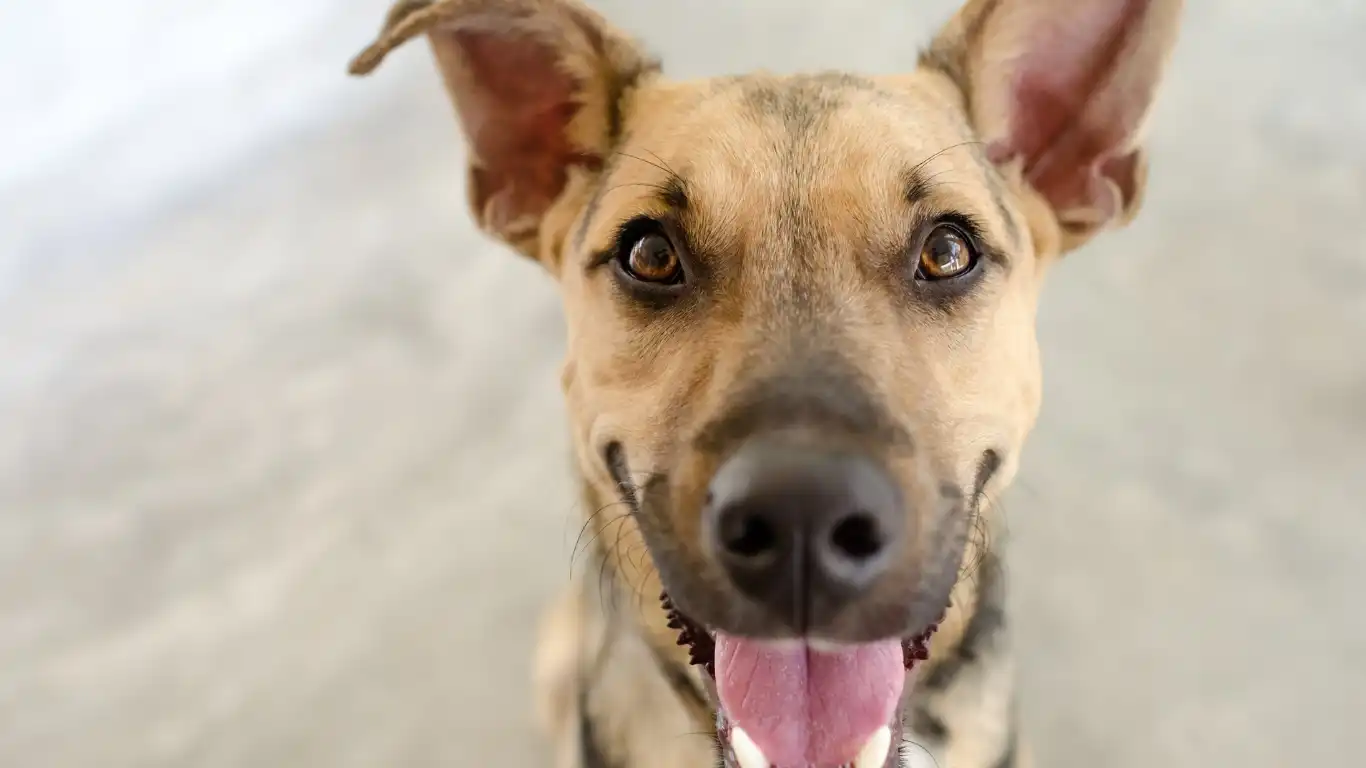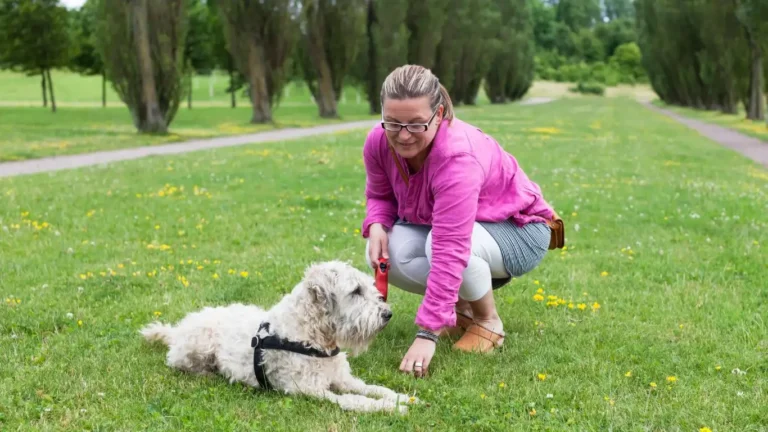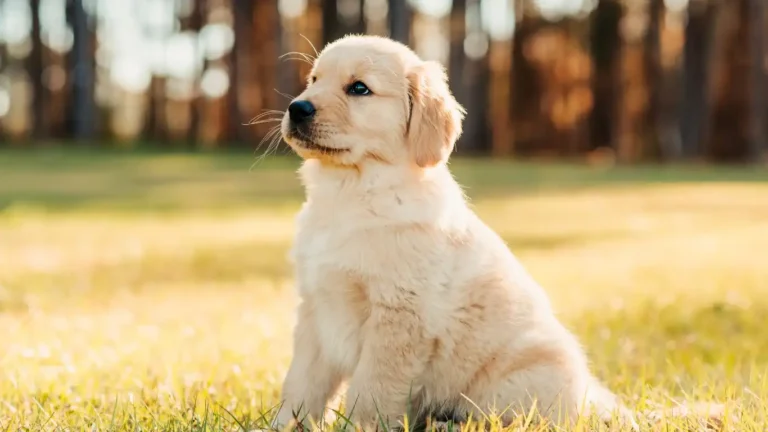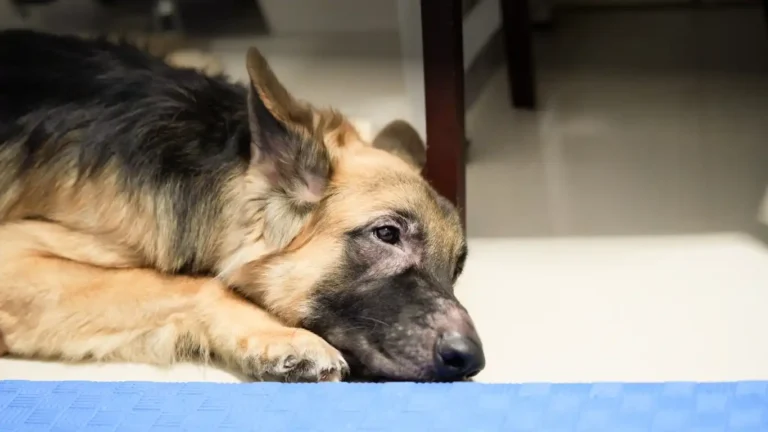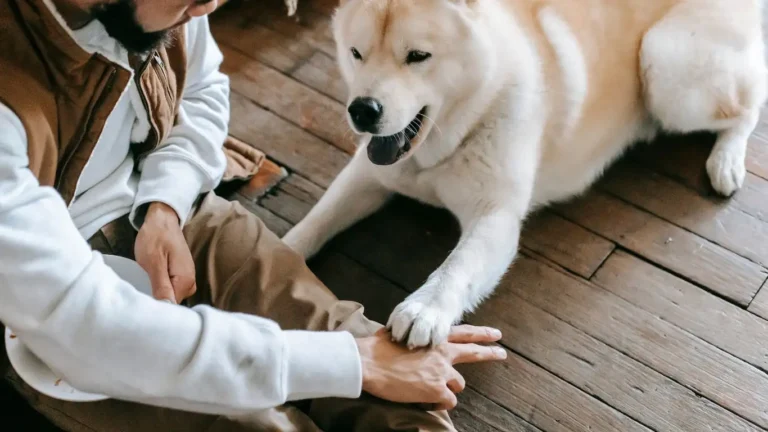Master How to Teach a Dog to Walk Nicely on a Leash: Proven Tips for Success
When it comes to teaching your dog to walk nicely on a leash, it’s not just about the basics of getting from point A to point B—it’s about building a strong bond with your furry friend while ensuring they understand what’s expected of them on walks. As a Pet Nutritionist and care expert with years of experience in veterinary clinics, I’ve seen it all: dogs pulling on the leash, getting distracted by every little scent, or simply not understanding the importance of a calm, focused walk. Trust me, if you’ve ever found yourself being dragged around the neighborhood or frustrated by your dog’s behavior, you’re not alone. But here’s the good news: with patience, consistency, and a few simple steps, you can teach your dog to walk nicely on a leash, and make walks something both of you look forward to!
Why Leash Walking is Important for Your Dog
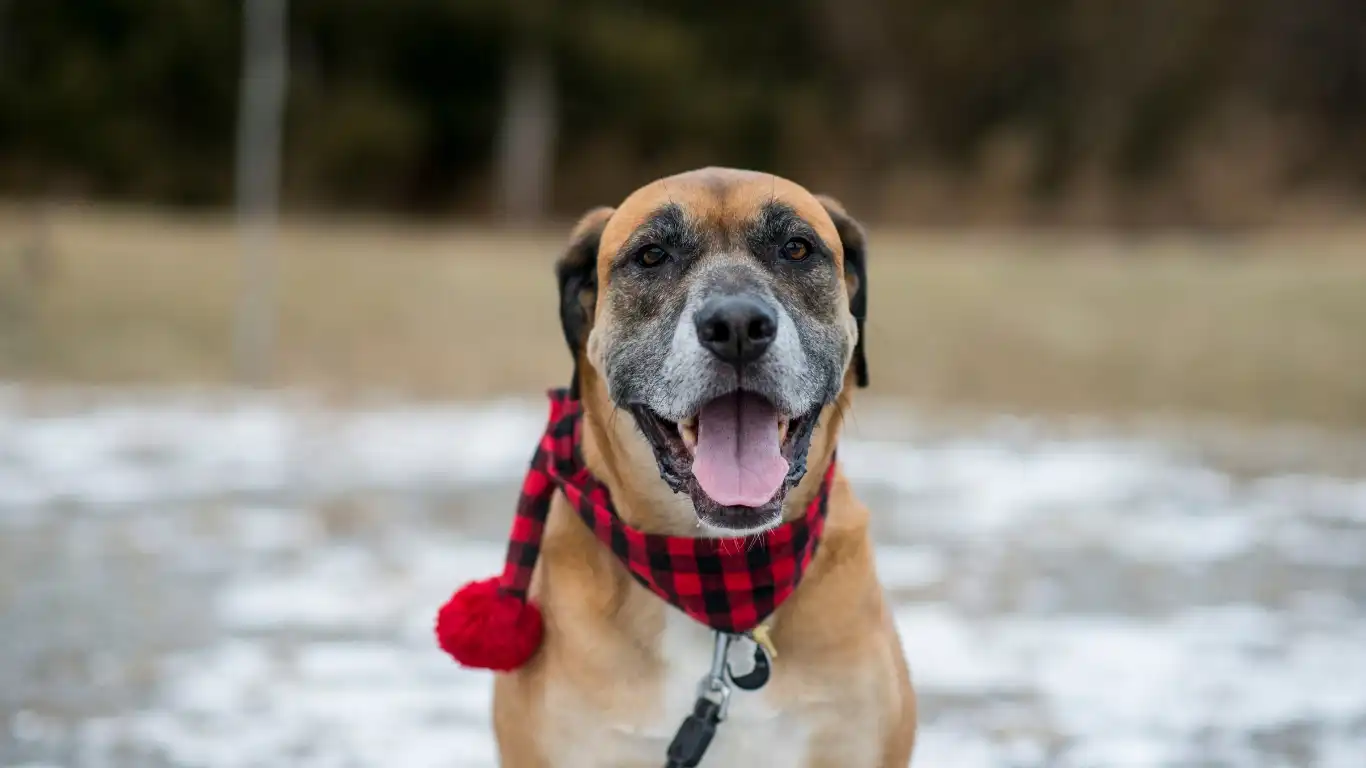
Before we dive into the specifics of training, let’s talk about why leash walking is such an essential skill for your dog. Leash walking isn’t just about keeping your dog under control; it’s also about their safety, your safety, and even their mental stimulation. Dogs are naturally curious creatures, and when out on walks, they encounter a world full of interesting sights, sounds, and smells. A leash keeps them safe and ensures they don’t wander off into danger, like traffic or other hazards.
For you, having a dog that walks nicely on a leash means less stress, more control, and the opportunity to truly enjoy your time together outdoors. Imagine strolling through the park, your dog walking beside you without pulling or tugging at the leash. Sounds peaceful, right? Trust me, it’s possible—and it all starts with teaching them how to walk calmly.
Step 1: Set the Stage for Success
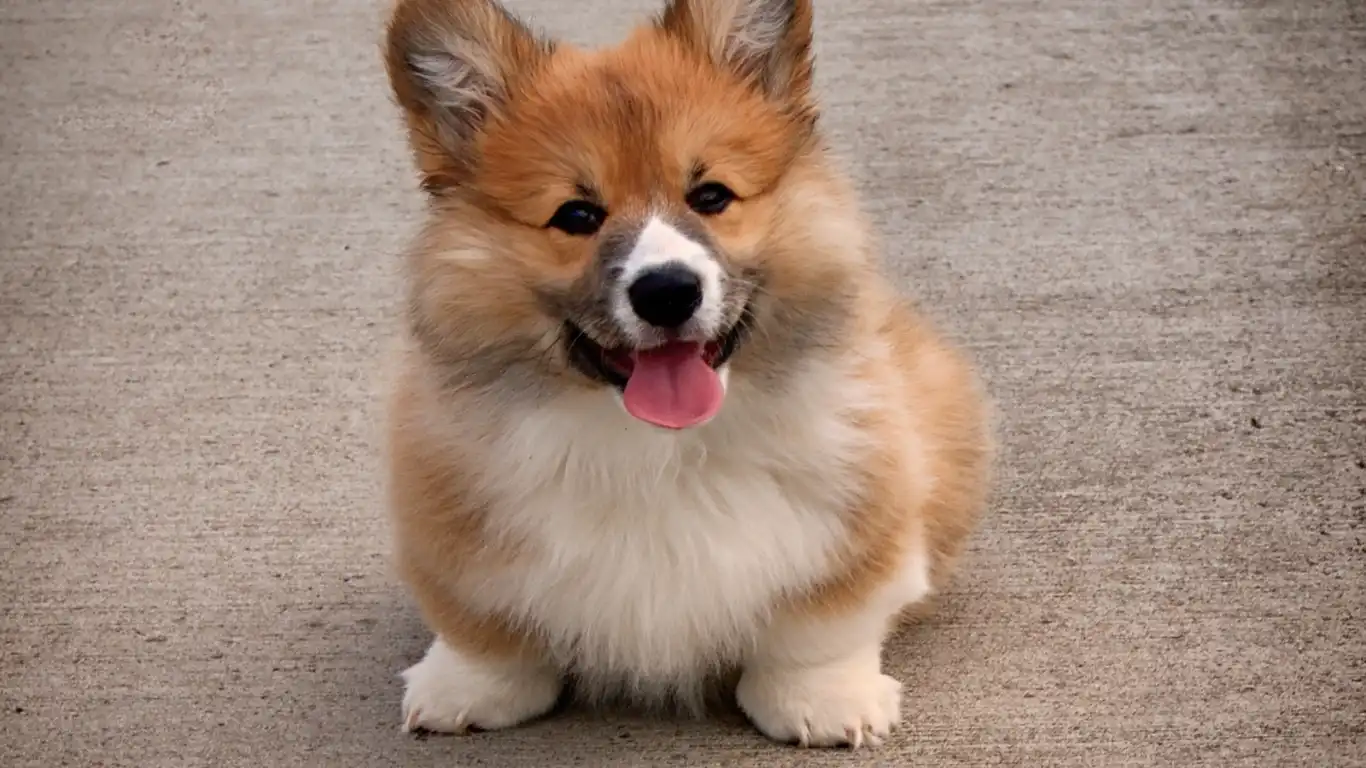
Before you even start training your dog to walk nicely on a leash, it’s important to make sure you’re setting the right environment for success. This means using the right equipment, creating a calm space, and being in the right mindset yourself.
Choose the Right Leash and Harness
One of the first things I always tell pet owners is to invest in the right leash and harness. Not all leashes are created equal! A sturdy, non-retractable leash of about 4 to 6 feet in length is ideal. Retractable leashes might seem convenient, but they can actually create bad habits because they allow too much freedom and lack of control. For the harness, I recommend a no-pull design, especially if your dog tends to pull a lot. These types of harnesses apply gentle pressure around the chest, which encourages them to focus on walking beside you rather than pulling ahead.
Practice in a Quiet Area First
Start your training in a quiet, familiar space—like your backyard or a calm street without too many distractions. If you’re trying to teach your dog how to walk nicely on a leash in the middle of a busy park or on a crowded sidewalk, you’ll both likely get overwhelmed. Keep things simple at first, so they can learn the basic concept without being distracted.
Step 2: Mastering the Basics—The ‘Loose Leash’ Concept

Now that you’ve got the right gear and environment, it’s time to dive into the actual walking! The goal here is to teach your dog to walk with a “loose leash.” This simply means that the leash should hang loosely between you and your dog without any tension. If the leash is tight, that means your dog is either pulling ahead or lagging behind, both of which can lead to bad habits and frustration. So how do we get there?
Begin Walking and Encourage Calm Behavior
Start walking and encourage your dog to stay at your side. If your dog starts pulling ahead, stop immediately. It’s important to make it clear that pulling is not acceptable. I’ve had many pet owners tell me that their dogs just “won’t stop pulling.” The key is consistency—each time they pull, stop and wait for them to relax. The second they stop pulling and the leash loosens, reward them with a treat or praise. Positive reinforcement works wonders when teaching a dog to walk nicely on a leash.
Use a Cue Word
As you practice walking, introduce a cue word like “heel” or “let’s go.” Use the same word each time so your dog begins to associate the sound with the desired action of walking by your side. Over time, your dog will understand that the cue word means it’s time to walk calmly. Keep it upbeat and encouraging—this should be a fun experience for both of you!
Step 3: Patience and Practice—The Secret Ingredients
Patience is everything when it comes to leash training. You’re not going to teach your dog to walk nicely on a leash overnight, and that’s okay! As with anything, consistency is key. Try to practice walking on the leash every day, even if it’s just for a few minutes. I’ve found that short, positive sessions are much more effective than long, drawn-out ones. And always remember to keep the mood light and fun. The more enjoyable you make the experience, the more your dog will look forward to it!
It’s easy to get frustrated if things aren’t clicking right away, but keep in mind that every dog learns at their own pace. Stay calm, keep practicing, and don’t forget to celebrate the small wins along the way!
Step 4: Dealing with Distractions—How to Keep Your Dog Focused
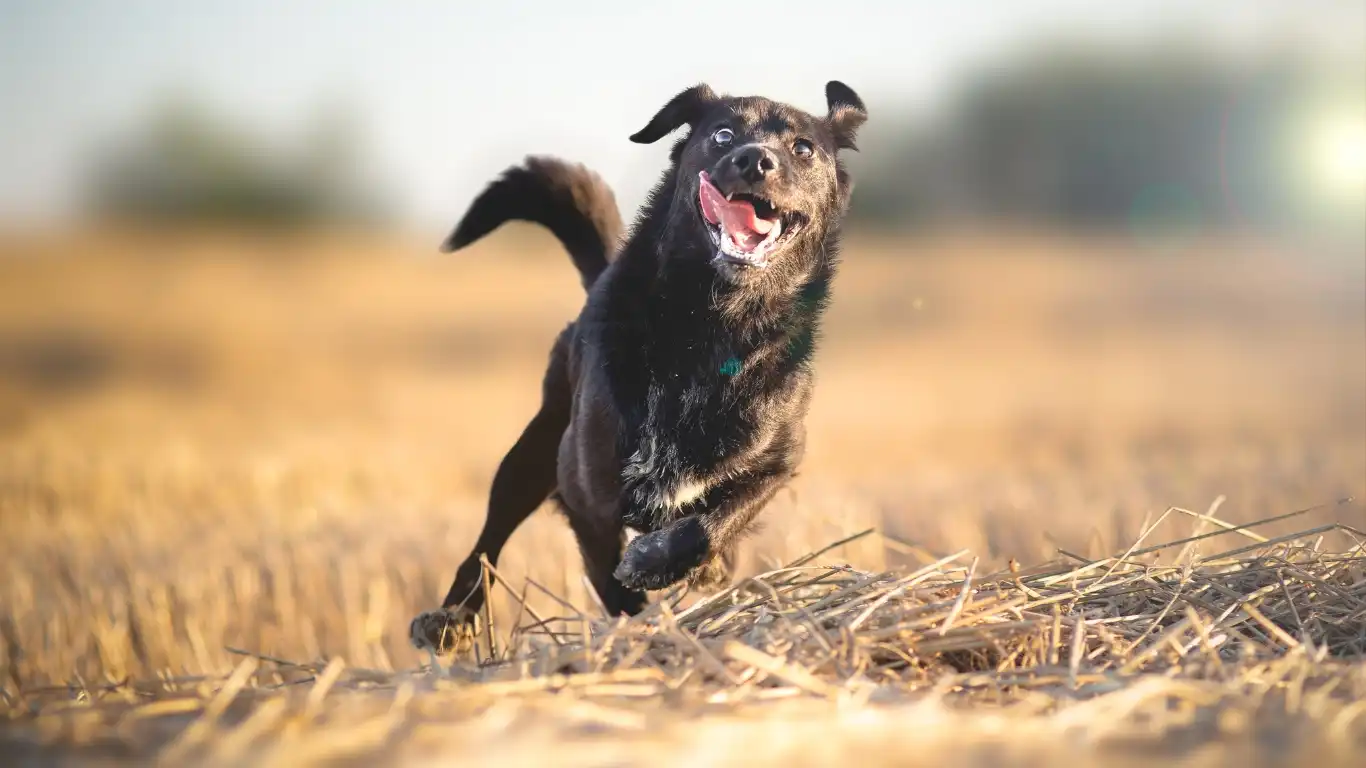
Alright, so now that your dog is starting to get the hang of walking beside you on a loose leash, it’s time to add in some real-world scenarios—because, let’s face it, walking in a quiet backyard is one thing, but dealing with distractions on a busy street or at the park is another. And this is where many people (myself included!) get frustrated. Your dog is doing great in a calm setting, but the moment they see another dog, a squirrel, or a random plastic bag blowing in the wind, it’s like they’ve forgotten everything you taught them. Sound familiar?
Don’t worry, though—this is totally normal! All dogs, no matter how well-trained, will face distractions. It’s all part of the learning process. The key is to remain patient and keep practicing in environments with increasing levels of distractions.
Start with Small Distractions
If you’ve been practicing leash walking in a calm, controlled space, it’s time to start testing your dog’s focus. Begin by walking in a slightly more distracting area—maybe a neighborhood with a few other dogs or people walking by. When you encounter a distraction, like a person or another dog, give your dog a gentle tug and say your cue word, like “focus” or “let’s go.” As soon as they turn their attention back to you, reward them with a treat or praise.
Remember, the goal is not to let your dog get completely overwhelmed by the distractions. If they start pulling or ignoring you, try going back to a quieter area and gradually reintroduce distractions in small doses. You’re building their ability to ignore distractions and stay focused on you.
Increase the Challenge Gradually
As your dog becomes more comfortable with distractions, you can increase the level of difficulty. This might mean walking near a busier street, through a park, or even near other dogs. It might take a bit of time for your dog to get used to these new challenges, so don’t be discouraged. If they struggle at first, it’s okay to go back a step to a less distracting environment and try again.
Step 5: Reinforce Good Behavior with Positive Rewards
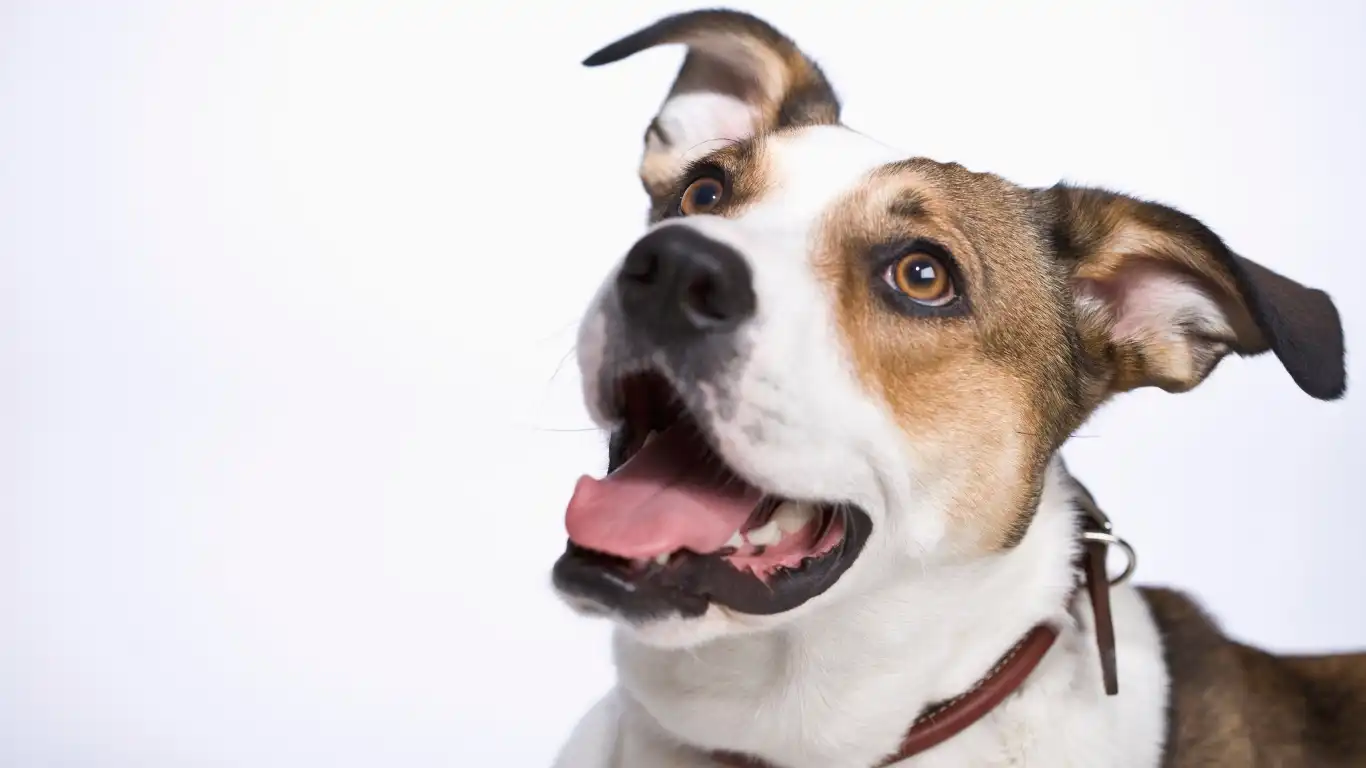
One of the most important aspects of teaching a dog to walk nicely on a leash is reinforcing good behavior with positive rewards. I’ve found that dogs respond really well when they know they’ll get a reward for walking calmly. It could be a treat, praise, or even a fun game after the walk. The key here is consistency.
Use High-Value Treats
When you’re in the middle of leash training, it helps to use “high-value” treats. These are treats that your dog really loves, something they don’t get every day. Think of it as a special reward for doing a great job. When you’re starting out, using something irresistibly tasty can make a huge difference. You’ll find that over time, your dog will begin to associate walking nicely on a leash with positive experiences—and that makes them more likely to repeat the behavior.
Verbal Praise and Affection
If treats aren’t always convenient, don’t forget about verbal praise and affection. I’ve noticed that some dogs (especially those who are more food-focused) really respond to upbeat, enthusiastic praise. Try using a happy voice and saying something like, “Good boy/girl!” whenever they walk beside you without pulling. Sometimes, affection and praise can be just as rewarding as a treat, especially if they’re used consistently.
Step 6: What to Do If Your Dog Continues to Pull
If, despite your best efforts, your dog continues to pull on the leash, don’t panic. This can be frustrating, but with the right techniques, it’s still something you can work through. The first thing to remember is that leash pulling is a habit, and habits can be broken with consistency and patience.
Stop and Wait for Calmness
One technique I always recommend is to stop and wait whenever your dog pulls. Stand still and wait until your dog’s focus returns to you and the leash becomes loose. Once the leash is relaxed, you can continue walking. If you keep walking when they’re pulling, your dog will think that pulling gets them what they want—forward motion. But when you stop and wait for them to relax, they begin to understand that pulling gets them nowhere. This can take some time, but it’s very effective if you stay consistent.
Change Direction Suddenly
Another trick to break the pulling habit is to change direction unexpectedly. If your dog starts pulling ahead, quickly change direction and walk in the opposite way. When they follow you, reward them with a treat or praise. This teaches your dog to pay attention to your movements and stay engaged with you, rather than just pulling forward.
Step 7: Teaching Your Dog to Stop and Sit at Crosswalks or Intersections

Walking on a leash isn’t just about teaching your dog to stay by your side; it’s also about ensuring their safety during your walk. One important behavior to teach is to stop and sit at crosswalks, traffic lights, or any other areas where you may need to pause. This simple skill can prevent your dog from pulling into traffic or becoming distracted when you need to stay alert.
Practice Stop-and-Sit Routine
To teach your dog to stop and sit at intersections, start by approaching a crosswalk or sidewalk. Before you reach the curb, stop and say your cue word like “sit.” Gently guide your dog into a sitting position if needed. Once they’re sitting calmly, wait for a few seconds, then reward them with a treat. After a few successful attempts, they’ll start to associate “sit” with stopping at crosswalks. This is a valuable skill that will not only make your walks more enjoyable but also keep your dog safe in busy areas.
Step 8: Handling Leash Aggression and Reactivity
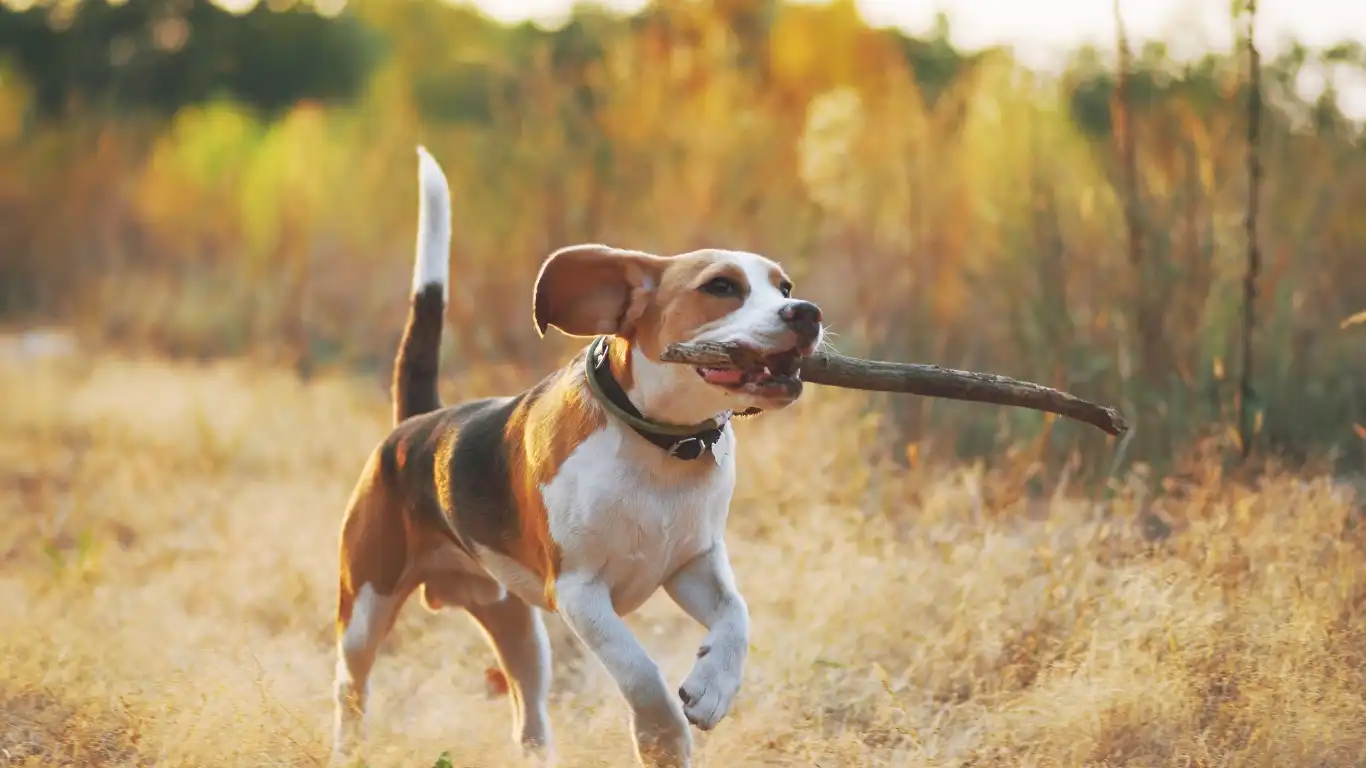
If you’ve got a dog who tends to get aggressive or reactive on the leash, you’re probably familiar with that feeling when they suddenly lunge, bark, or growl at other dogs, people, or random noises. Leash aggression can be frustrating and even intimidating, but with the right approach, you can help your dog learn to stay calm and focused during walks. Reactivity often comes from fear or frustration, so it’s important to address it with patience and positive reinforcement.
Understand the Root Cause
Leash reactivity is often rooted in fear or frustration. Some dogs react because they’re scared of other dogs or unfamiliar people, while others may feel frustrated because they can’t approach or engage with something they’re interested in. In my experience, dogs who are more anxious tend to react more aggressively when on a leash because they feel restricted and unable to escape the situation. Knowing this, it’s important to be understanding and never punish your dog for their reaction. Instead, focus on redirecting their attention and providing positive reinforcement for calm behavior.
Use Counter-Conditioning Techniques
One of the most effective ways to address leash reactivity is through counter-conditioning. Essentially, this involves changing your dog’s emotional response to a trigger (like another dog or person) by pairing it with something positive, like a tasty treat. When you notice a potential trigger (like another dog approaching), immediately redirect your dog’s attention to you. Use your cue word, offer a treat, or engage them in a fun game. Over time, your dog will begin to associate the presence of other dogs or people with something positive, which can reduce their reactivity.
Desensitization and Gradual Exposure
Another technique I’ve found helpful is desensitization, which involves exposing your dog to the trigger at a distance where they’re still calm. For example, if your dog is reactive to other dogs, start by walking them in an area where you can see other dogs from afar but at a distance where your dog isn’t reacting. Gradually decrease the distance over several sessions, rewarding your dog for remaining calm. This process helps your dog build tolerance and reduces the chance of reactive behavior.
Step 9: Reinforcing Training in New Environments
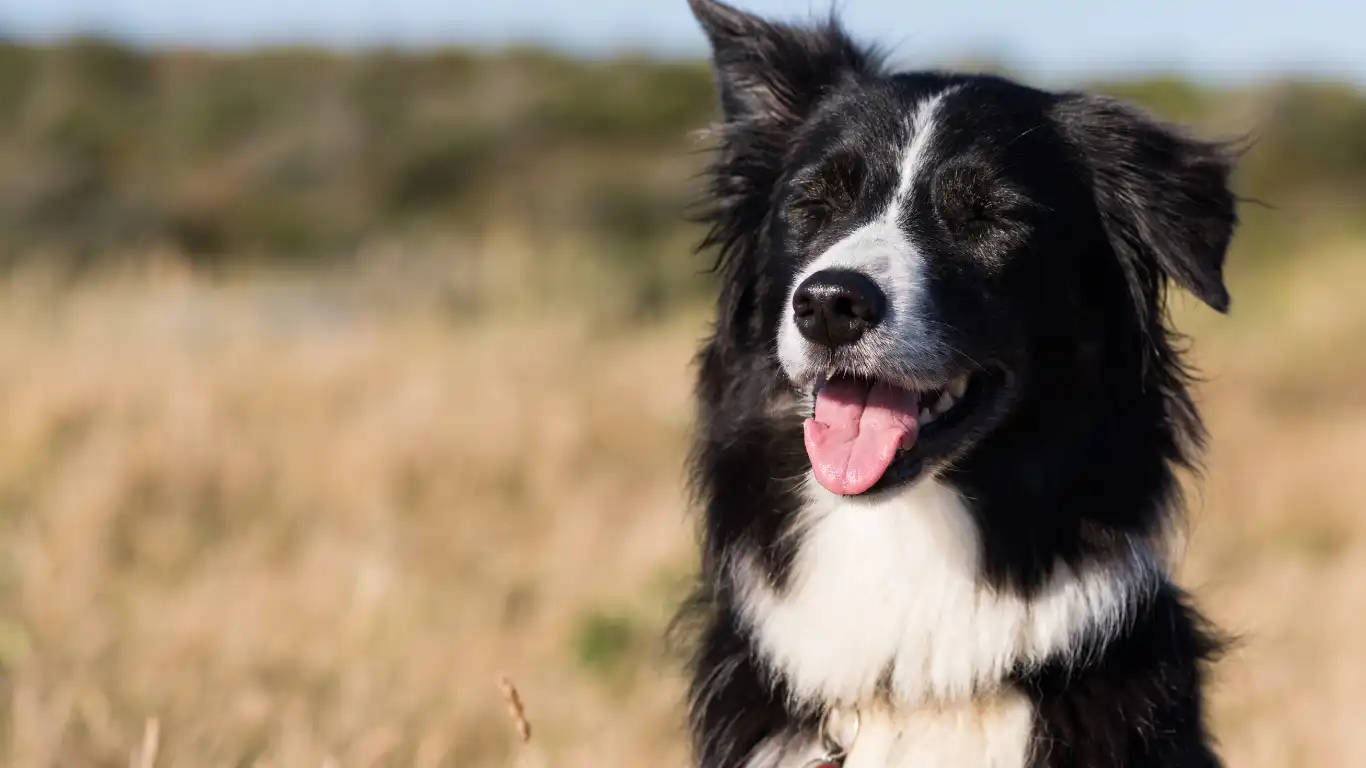
Once your dog has mastered leash walking in a calm environment, it’s time to take the training on the road! Every new environment brings new challenges—whether it’s a different neighborhood, park, or even a different person walking the dog. The more your dog practices leash walking in various settings, the better they’ll become at generalizing their training.
Introduce New Locations Slowly
When you introduce a new location, make sure to start with short sessions. If you’re in a park for the first time, for example, don’t try to walk for 30 minutes straight. Start with just 5 to 10 minutes in the new space, allowing your dog to acclimate to the new sights, smells, and sounds. Gradually increase the duration of the walks as your dog becomes more comfortable in the new environment. I’ve found that short bursts of positive, controlled walking in new places work best—this avoids overwhelming your dog, which could result in unwanted behavior.
Practice with Other People or Dogs
If your dog is used to walking with you, it might be helpful to practice leash walking with another person. This helps your dog learn to stay focused and behave, even if the walking routine changes a bit. You can also practice walking near other dogs or people to increase your dog’s comfort level in social situations. However, remember to go at your dog’s pace. If they show signs of stress or reactivity, take a step back and try again at a distance where they feel safe and calm.
Step 10: The Power of Consistency and Patience
When it comes to teaching your dog to walk nicely on a leash, consistency and patience are essential. Training takes time, and there will be days when things feel like they’re moving at a snail’s pace. But trust me, every step forward is a win! Whether it’s teaching your dog to stay calm around distractions, rewarding good behavior, or working through leash reactivity, the key is to stick with it and remain patient.
Practice Regularly, But Don’t Overwhelm Your Dog
It’s tempting to practice leash walking every day, but be mindful not to overdo it. Training sessions should be short and fun, lasting no more than 10 to 15 minutes at a time. If you try to push your dog too much, they might get frustrated or lose interest. Instead, keep your training sessions upbeat and enjoyable. Break them up throughout the day if needed, and give your dog plenty of opportunities to rest and relax between sessions.
Celebrate the Small Wins
One of the best parts of leash training is seeing the small victories along the way. Maybe your dog walked by your side for a few extra steps, or they sat calmly at an intersection for the first time. These little achievements deserve celebration! They’re signs of progress, and they’ll motivate both you and your dog to continue working together. And remember—every dog is different. Some might pick up on leash walking quickly, while others might need more time. That’s okay. What matters is that you’re building a stronger, more trusting relationship with your dog every time you practice together.
References
For more tips on dog training and behavior, check out these helpful resources:
- PawPatron – Dog Training Resources
- AKC – How to Teach Your Dog to Walk Nicely on a Leash
- Dog Training Nation – Leash Walking Techniques
Disclaimer
The information provided in this article is intended for general guidance and educational purposes. While I have years of experience working with pets in veterinary clinics, please note that each dog is unique, and what works for one dog may not work for another. Always consult with a professional dog trainer or veterinarian if you have concerns about your dog’s behavior or health. Patience, consistency, and a personalized approach are key when teaching your dog to walk nicely on a leash.
